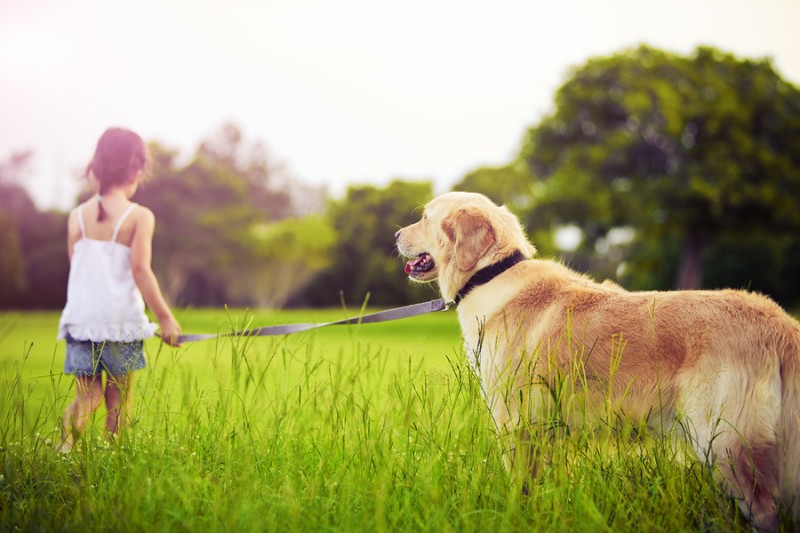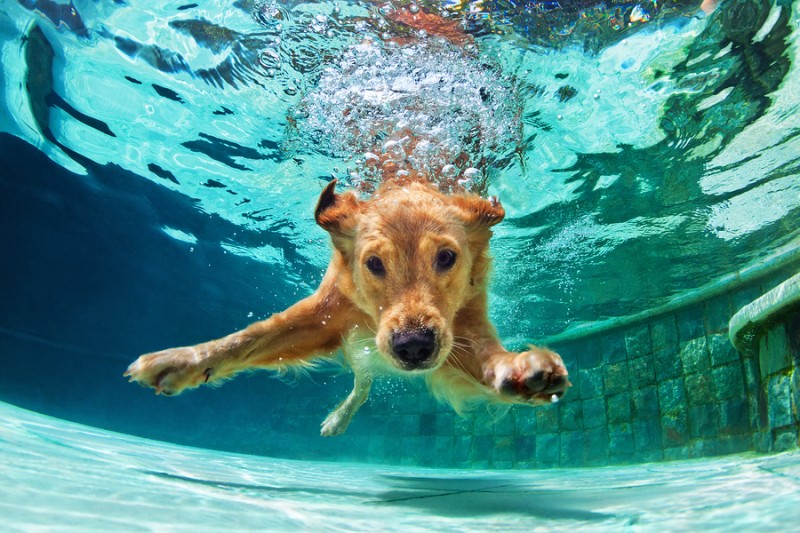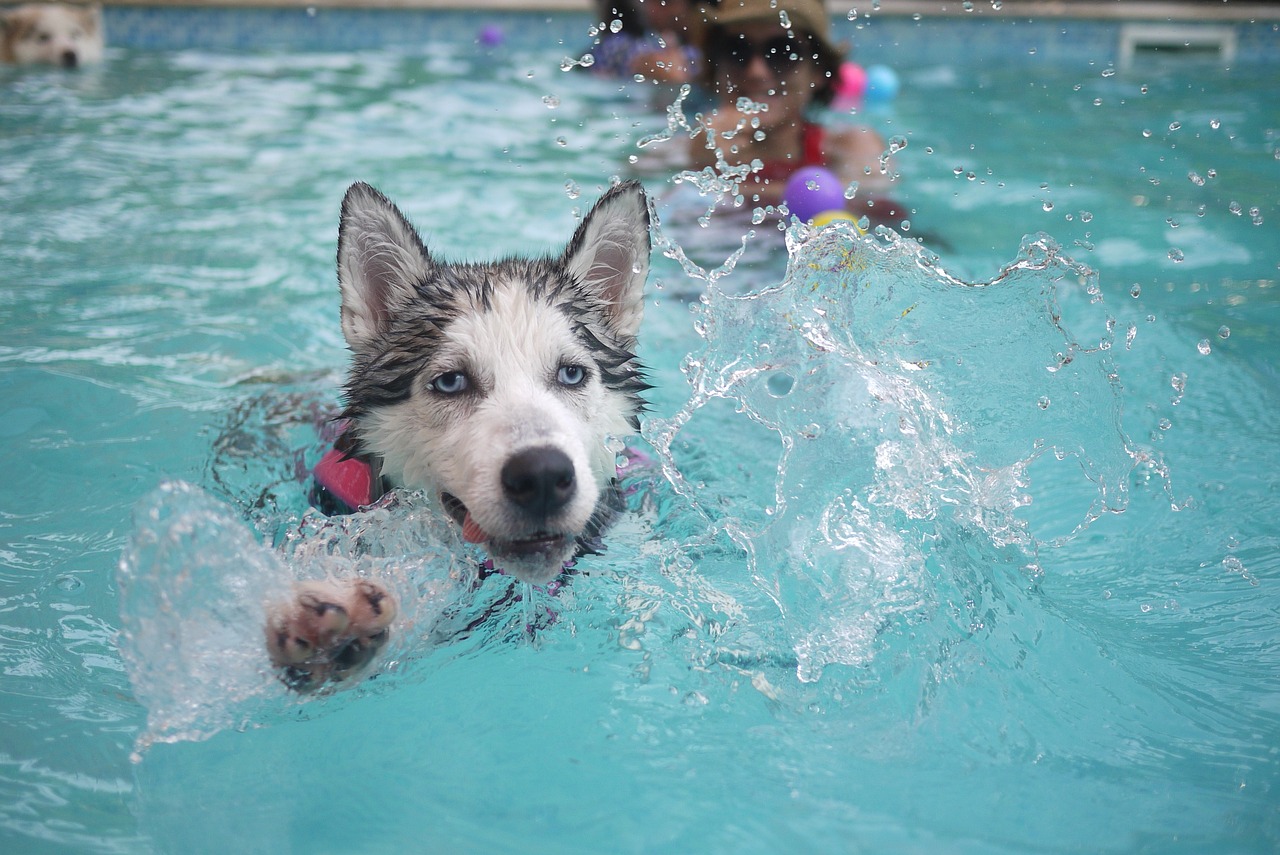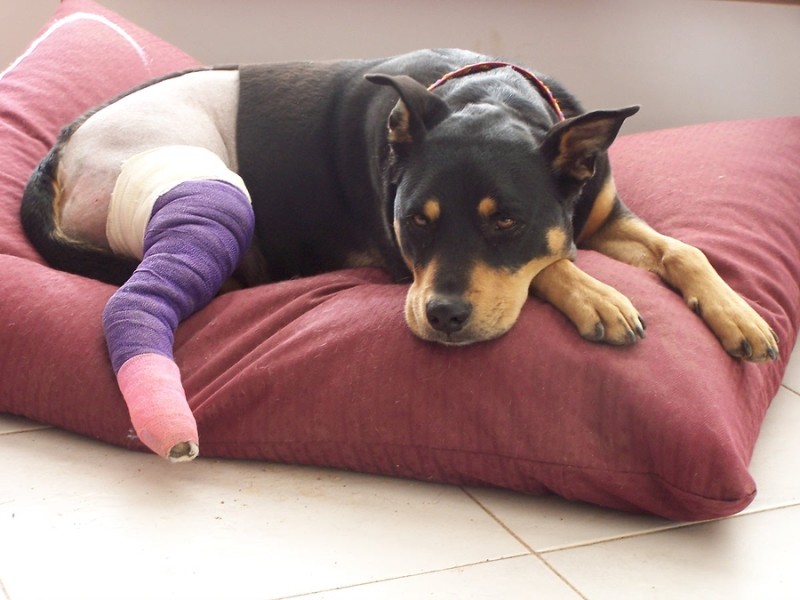There are several factors why a dog may have trouble walking. When evaluating a pathology, we must take into account, among other things, the age of the animal, since on some occasions, such as in elderly dogs, the main reason may be age itself. But what other causes can there be?
Causes of walking problems
Depending on the rhythm of life that our dog leads, it is possible that he will experience localized pain for a few days. Just as it happens to us, excessive exercise can cause tiredness and weakness. This will cause us to have trouble walking.
However, when the pain lasts for more than a couple of days, we should go to the vet. There they will make an assessment and proceed with the diagnosis. Some of the most common causes of walking problems are the following.
injuries
In addition to an unseen fracture or torn tendon, walking problems can also be caused by a back or spinal cord injury. This usually appears due to trauma, a stroke or damage to the discs.
When a dog’s spinal cord or spine is inflamed or injured, the hind legs may show signs of weakness or instability. This will inevitably cause problems walking. If our dog has not suffered an accident but is in this situation, we must go to the vet as soon as possible.
degenerative myelopathy
This disease is another reason why a dog may have trouble walking. Especially in adult dogs , the fibers that send signals to the brain for leg movement are gradually being destroyed. The cause is the deterioration of the spinal cord itself.
Dogs with myelopathy do not experience pain, but the disease directly affects mobility. The legs lose strength and the animal is not able to walk normally or stand for long. Currently there is no cure for this disease, but physiotherapy and holistic medicine can relieve symptoms.
Diabetes
Females are more prone to diabetes, which can also cause walking problems. Although some breeds such as Goldens, German Shepherds or Schnauzers are more prone, it can affect anyone.
To avoid diabetes, it is advisable not to give dogs foods rich in sugar. Since they are capable of eating anything, it is very common for many owners to share their food. But we must not forget that some apparently harmless foods that they also like are toxic to them. To determine if diabetes is the cause of walking problems, an analysis is enough.
osteoarthritis
Arthritis and osteoarthritis are other reasons why dogs can have trouble walking. Adult dogs and large breeds are usually the ones who suffer the most from this disease. It usually affects the hip and knee joints, deteriorating cushioning and causing pain.
Some medications in addition to physical therapy can relieve symptoms. Thus, our friend will be able to maintain an optimal quality of life and reduce his problems walking.






